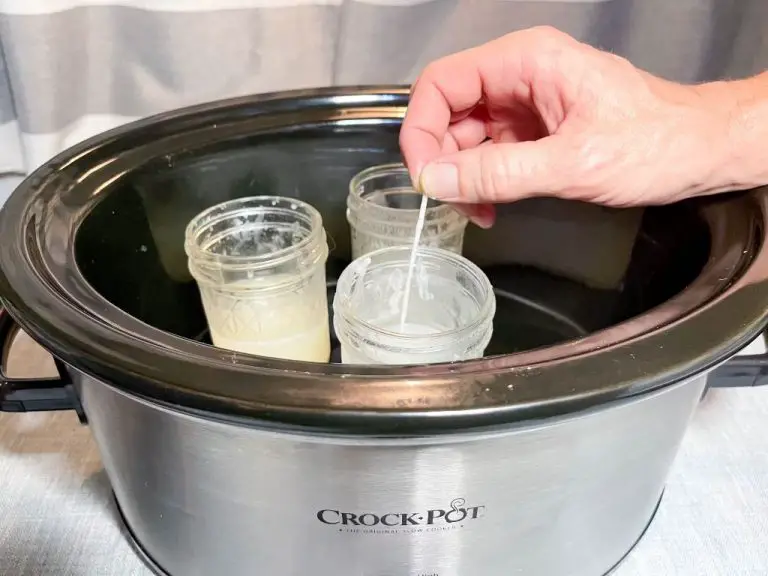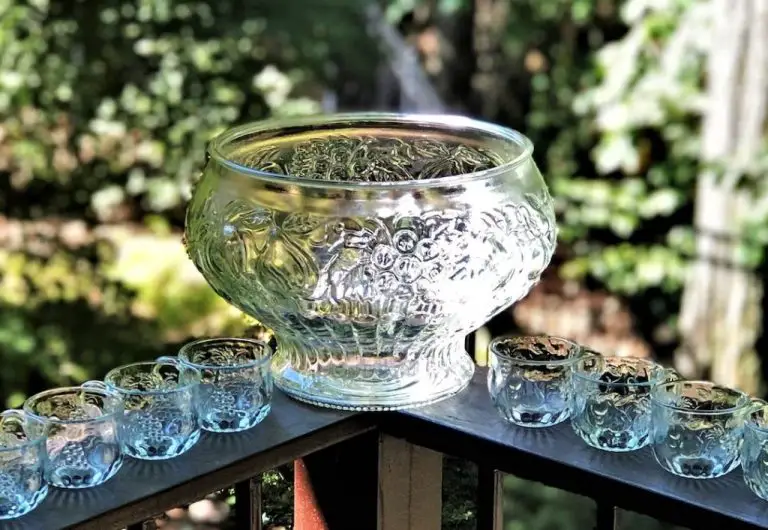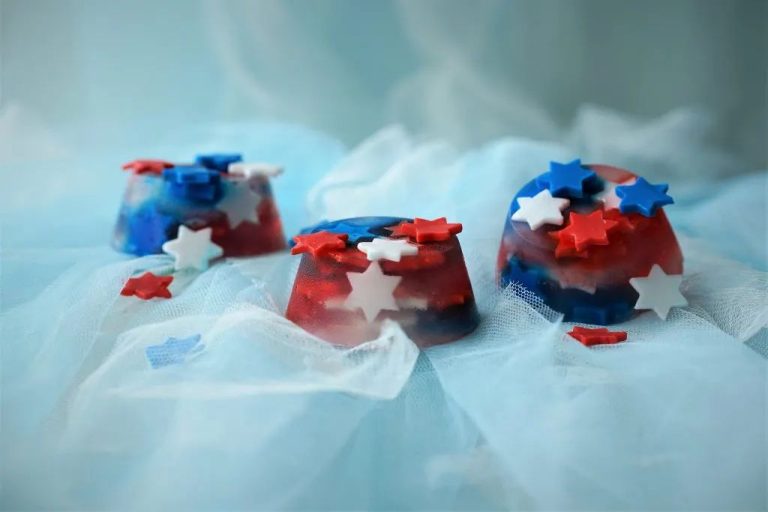How Much Mica Powder To Add To Soy Wax?
Mica powder is a popular additive for soy wax candles because of the shimmering, lustrous effect it creates. When mixed into soy wax, mica powder adds a subtle shimmer and sheen as the candle burns. The purpose of adding mica powder to soy wax is primarily decorative – it provides an eye-catching, sparkling finish to candles. However, mica can also enhance the appearance of color dyes in soy wax by intensifying and brightening the shades. The shimmering particles reflect and refract light to create a multi-dimensional, luminous effect in candles. Using mica powder allows soy candle makers to create unique, customized looks not possible with plain soy wax alone. This guide covers the ideal ratios, mixing techniques, storage, and safety recommendations when working with mica powder and soy wax to achieve the optimal decorative finish.
What is Mica Powder?
Mica powder is a finely ground natural mineral derived from mica rock. It has a shimmery, pearlescent appearance and helps add sparkle and luster to cosmetics, soaps, candles, and other products. Mica gets its luminous quality from its flaky, crystal structure that reflects light (Bellapierre).
The mica group of sheet silicate minerals includes several closely related materials with nearly identical chemical formulas. The most common is muscovite, containing potassium, aluminum, silicon, and oxygen (Slice of the Moon). Muscovite is ground into a fine powder to produce mica powder.
What is Soy Wax?
Soy wax is a vegetable wax made from the oil of soybeans. After harvesting, the beans are cleaned, cracked, de-hulled, and rolled into flakes (https://www.candlescience.com/learning/what-is-soy-wax/). The soybean oil is extracted and hydrogenated, turning it into a solid wax (https://www.waxpoeticcandlebar.com/blog/why-soy-wax).
Soy wax is composed of hydrogenated soybean oil. The natural oils in soybeans contain triglycerides, which are made up of fatty acids and glycerol. The hydrogenation process causes the fatty acids in the oils to saturate and solidify into a wax.
Compared to paraffin wax which is a petroleum byproduct, soy wax is a renewable and natural resource. It is biodegradable and environmentally friendly. Soy wax blends are commonly used to make container candles, soap, lip balm, and massage products.
Recommended Ratio of Mica Powder to Soy Wax
Most crafters recommend using 1-8% mica powder by weight when working with soy wax. This generally equates to 1-8 scoops of mica powder per pound of wax.
According to Northwood Candle Supply, a good starting point is to use 1-5 micro scoops of mica powder per pound of soy wax. This will provide vibrant color with a subtle shimmery effect.
For a more intense shimmer, Supplies for Candles recommends using around 5% mica powder by weight of the soy wax. So if making 1 pound of wax melts, use 0.05 pounds (around 2 ounces) of mica powder.
The exact ratio comes down to personal preference and the intensity of shimmer desired. It’s best to start with small amounts of mica and add more as needed. Too much mica can negatively impact the wax cure and burn properties. Most crafters recommend not exceeding 8% mica powder relative to the wax weight.
Factors Affecting Amount of Mica Powder
There are several key factors that impact how much mica powder you should use when making soy candles:
Desired Appearance
The amount of mica powder will affect the finished look of the candle. Using more mica powder will create a more vibrant, opaque color. With less mica powder, the color will be subtler and more translucent. Most experts recommend 1-3% mica powder by weight for a good color saturation in soy wax candles.
Container
The size and shape of the candle container also impacts how much mica powder is needed. Taller containers will require more mica powder to evenly distribute color from top to bottom. For candles with a larger diameter, additional mica powder helps prevent color sinkage in the middle.
Fragrance
Some candle fragrances can alter the intensity of mica powder color. Fragrances with vanilla or cinnamon notes may deepen or enhance mica colors. Florals and fruits can cause colors to appear lighter. Testing samples with fragrance helps determine the ideal mica powder ratio.
It’s recommended to start with less mica powder and gradually increase until desired appearance is achieved. Proper mixing technique also helps distribute mica powder evenly. When in doubt, add mica powder sparingly for best results.
Tips for Mixing Mica Powder and Soy Wax
When mixing mica powder into soy wax, there are a few tips to follow for best results:

Mix the mica powder when the wax is around 150-165°F. This temperature allows the mica to fully incorporate into the wax. According to Northwood Candle Supply, hotter temps may cause the mica to clump up.
Use a double boiler or crock pot to melt the wax. This allows even heating of the wax.
Stir constantly to fully blend in the mica powder. Use a spatula, spoon, or whisk to mix. Stirring helps prevent powder clumps.
Add a small amount of oil or candle fragrance oil to the mica powder first. This helps the powder dissolve easier into the wax. Per Eye Candy Pigments, a little oil makes mixing easier.
Use a pipette or syringe to add powder a little at a time. This gives more control over the color intensity.
Pour through a sieve or strainer after mixing. This catches any leftover clumps.
Storing Soy Wax with Mica Powder
Properly storing soy wax with mica powder is important to maintain the quality and appearance of your wax melts or candles. Here are some tips for storage:
Mica powder can settle to the bottom of melted wax over time. To prevent settling, store the wax in a cool place and avoid heating and cooling it repeatedly. Store wax melts or candles at room temperature in a cupboard or closet. Avoid temperature fluctuations which can cause the mica to settle.
If storing soy wax with mica powder for a long period, consider pouring the wax into clamshells or containers shortly after adding the mica. This will help prevent settling before you are ready to use it. The mica will be suspended uniformly through the wax.
Always store soy wax in an airtight container to prevent it from absorbing moisture and odors. An airtight plastic container or resealable bag works well. Make sure the container is opaque to block light which can also degrade the wax over time.
Some settling of mica powder may still occur during prolonged storage. Gently stir or whisk the wax before pouring candles or wax melts to redistribute any settled mica powder.
With proper storage considerations, soy wax with mica powder can retain its appearance and scent throw for many months. Following these tips will help maximize the shelf life of your wax.
Troubleshooting Issues
When using mica powder in soy candles, there are a few common issues that can arise. Here are some troubleshooting tips for fixing them:
If you notice mica powder settling at the bottom of the candle or on the sides of the container, try stirring the wax mixture more vigorously before pouring to ensure the mica is fully incorporated. You can also try using more mica powder in your recipe – up to 1 teaspoon per pound of wax. Overheating the wax can also cause mica powder to settle, so pour candles at the proper temperatures (between 135-165°F).
Soy wax may turn cloudy or develop frosting on the surface due to the mica. To prevent this, avoid cooling wax too quickly after adding mica. Slowly cool the wax to proper pouring temperatures. You can also add a small amount of vybar or parasoy to your soy wax to increase clarity.
If candles have poor scent throw with mica powder, try adding more fragrance oil to your recipe. Mica can sometimes inhibit scent throw. Using between 5-8% fragrance is recommended for soy candles with mica.
Always test your mica and soy wax recipe multiple times to perfect the results. Varying the amount of mica powder and proper preparation steps can help troubleshoot many issues.
Safety Precautions When Handling Mica Powder
When handling mica powder, it’s important to take some basic safety precautions. According to the New Jersey Department of Health (https://nj.gov/health/eoh/rtkweb/documents/fs/1659.pdf), you should avoid skin contact with mica powder by wearing protective gloves and clothing. Mica powder particles can be abrasive to the skin and eyes, so it’s recommended to wear safety goggles when handling larger quantities.
Always work in a well-ventilated area when mixing mica powder with other ingredients. Inhaling mica dust over time can potentially cause lung irritation. Wearing a dust mask can help prevent inhalation of fine mica particles. It’s also advised to keep mica powder away from children and pets while using it.
Mica powder is flammable, so keep it away from open flames or other ignition sources. Store mica powder in a sealed container in a cool, dry location. As with any fine powder, mica can be slippery and should be cleaned up promptly if spilled to prevent falls or injury (Simply Earth, 2023).
While cosmetic-grade mica powder is considered safe for external use, it should not be ingested. Thoroughly wash hands after handling mica powder. By taking these basic precautions, mica powder can be used safely in crafts and cosmetics.
Conclusion
In summary, the recommended ratio for adding mica powder to soy wax is 1-2 teaspoons per pound of wax. This ratio allows you to achieve vibrant colors and sparkle without compromising the quality of the wax. When mixing, make sure to add the powder slowly and stir thoroughly to evenly distribute. Store finished soy wax mixtures in an airtight container away from heat and sunlight. Troubleshoot issues like color streaking by reheating and remixing as needed.
A few final tips: Always use a lip balm tube test batch to check the color payoff before making large batches. Wear a dust mask when handling mica powder to avoid inhalation. Clean up spills right away to prevent staining. Start with small amounts of mica powder, as a little goes a long way. Most importantly, take your time and have fun experimenting with different color combinations in your soy candles and cosmetics!






